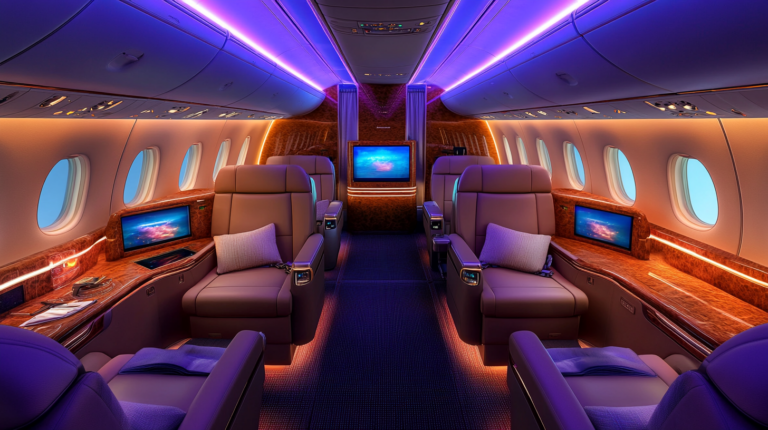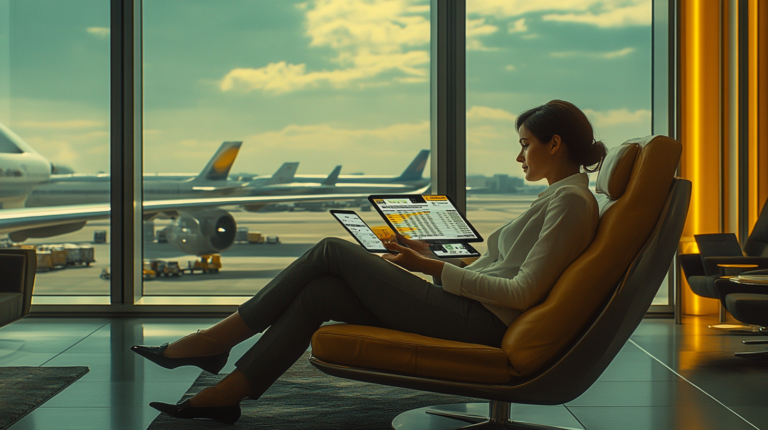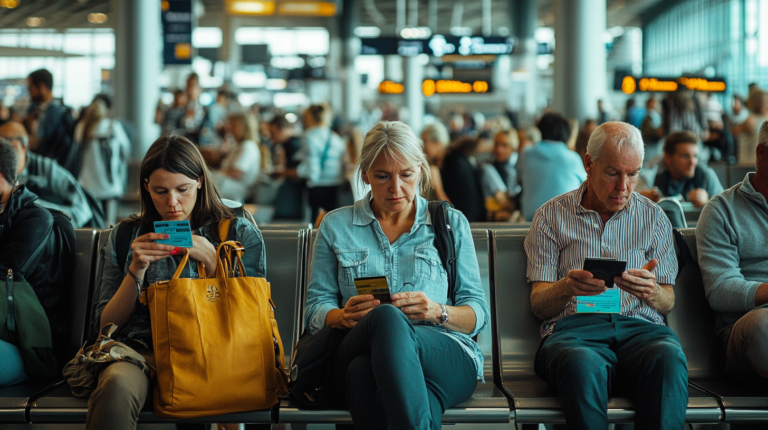Virtual Reality Previews: Transforming Travel Planning and Exploration
Virtual Reality Previews: Transforming Travel Planning and Exploration
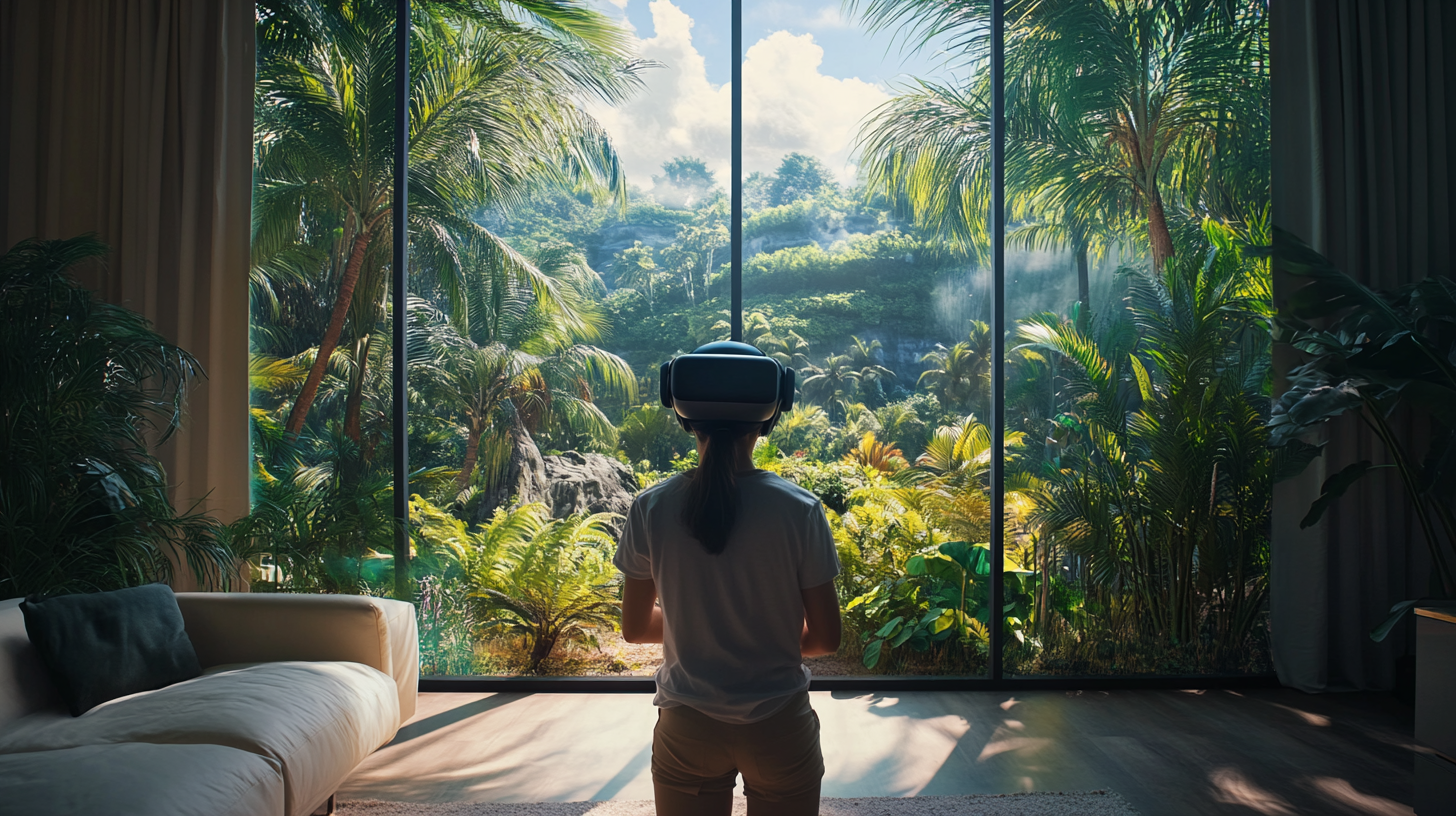
In an era where technology continually reshapes our experiences, Virtual Reality (VR) emerges as a revolutionary tool in the travel industry. By offering immersive previews of destinations, VR is fundamentally changing how travelers plan, explore, and even reminisce about their journeys. This cutting-edge innovation not only enhances the efficiency and joy of travel planning but also democratizes access to the world’s wonders, making exploring the globe more accessible and sustainable than ever before. From the bustling streets of Tokyo to the serene landscapes of the Swiss Alps, VR brings distant destinations into the living room, sparking wanderlust and facilitating informed travel choices.
The Rise of Virtual Reality in Tourism
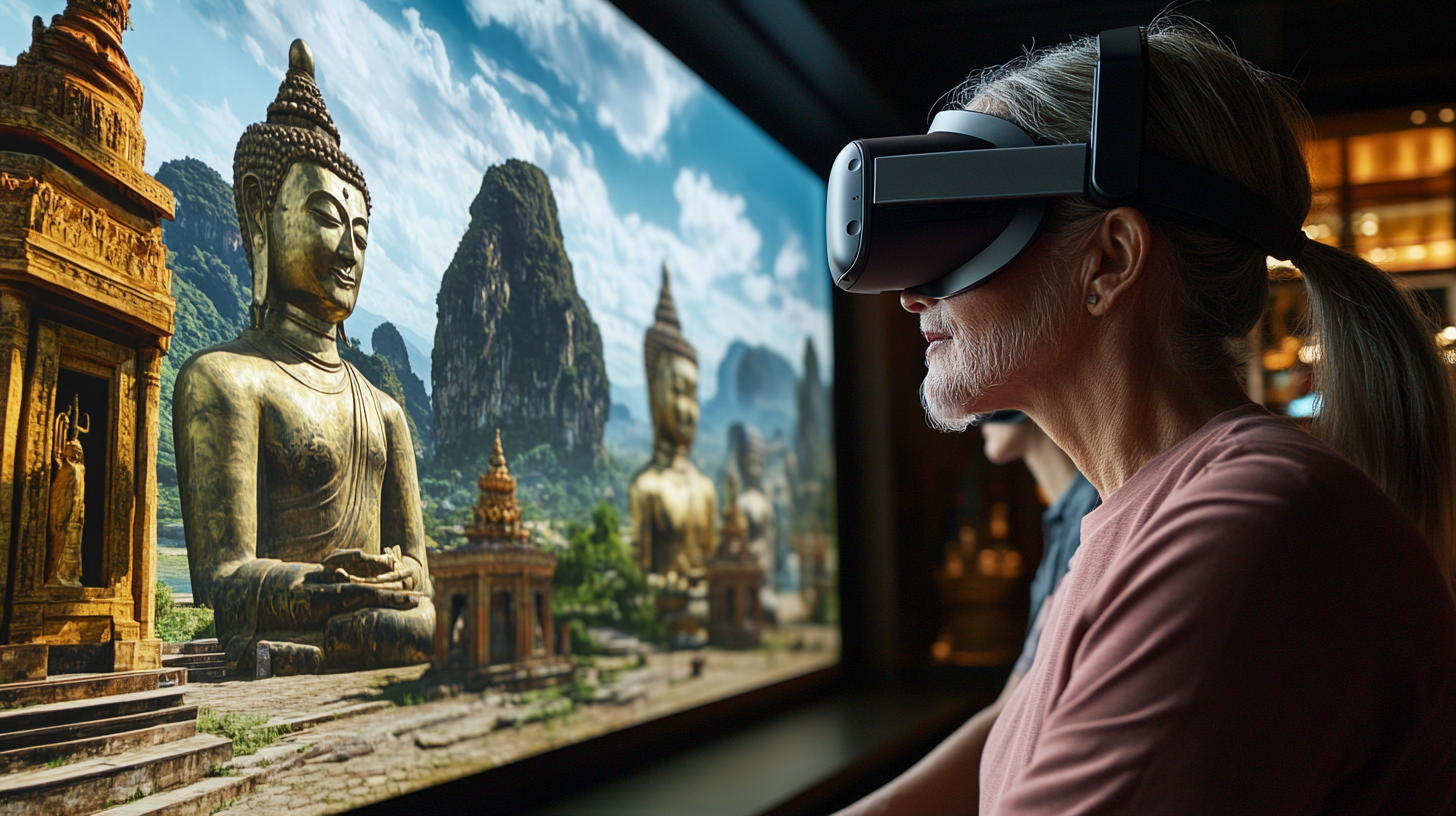
VR technology has seen a significant increase in adoption within the tourism sector, revolutionizing the way the industry operates. In 2024, there was a 30% rise in VR tourism usage, reflecting a substantial shift in consumer behavior towards virtual exploration. Predictions suggest that by 2025, 50% of travel agencies will incorporate VR into their services, reflecting the Growing Integration of VR in Travel Services , integrating immersive experiences into their customer offerings. This surge underscores the growing importance of VR as a tool for both travelers and industry professionals, reshaping marketing strategies and enhancing customer engagement. The implementation of VR is not just a technological upgrade; it’s a strategic response to the evolving demands of modern travelers seeking more interactive and informative planning tools.
Immersive Destination Exploration
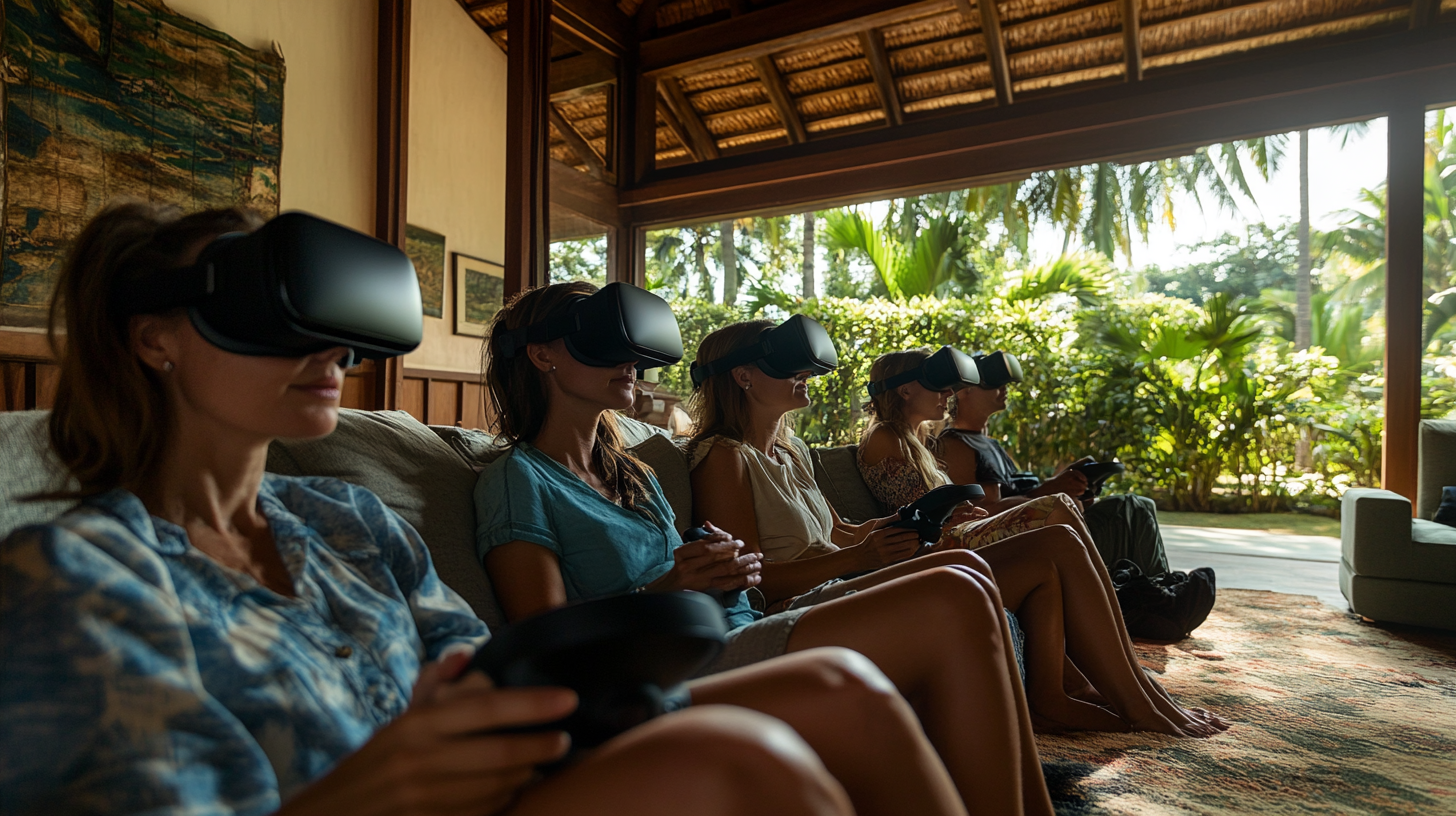
At the heart of VR’s impact is its unparalleled ability to provide immersive experiences of destinations before travelers even set foot outside their homes. Platforms like Google Earth VR and Oculus Travel exemplify this trend, representing some of the Most Innovative Virtual Reality Travel Experiences available today, allowing users to virtually visit cities, landmarks, and cultural sites from the comfort of their homes. These experiences are not merely static images but dynamic, 360-degree environments that engage multiple senses. VR offers comprehensive tours of hotels, tourist spots, and local attractions, enabling travelers to assess accommodations, plan itineraries, and immerse themselves in local cultures ahead of time. This level of detailed exploration fosters informed decision-making, ensuring that travelers’ expectations align closely with reality.
Enhancing Travel Planning and Decision-Making
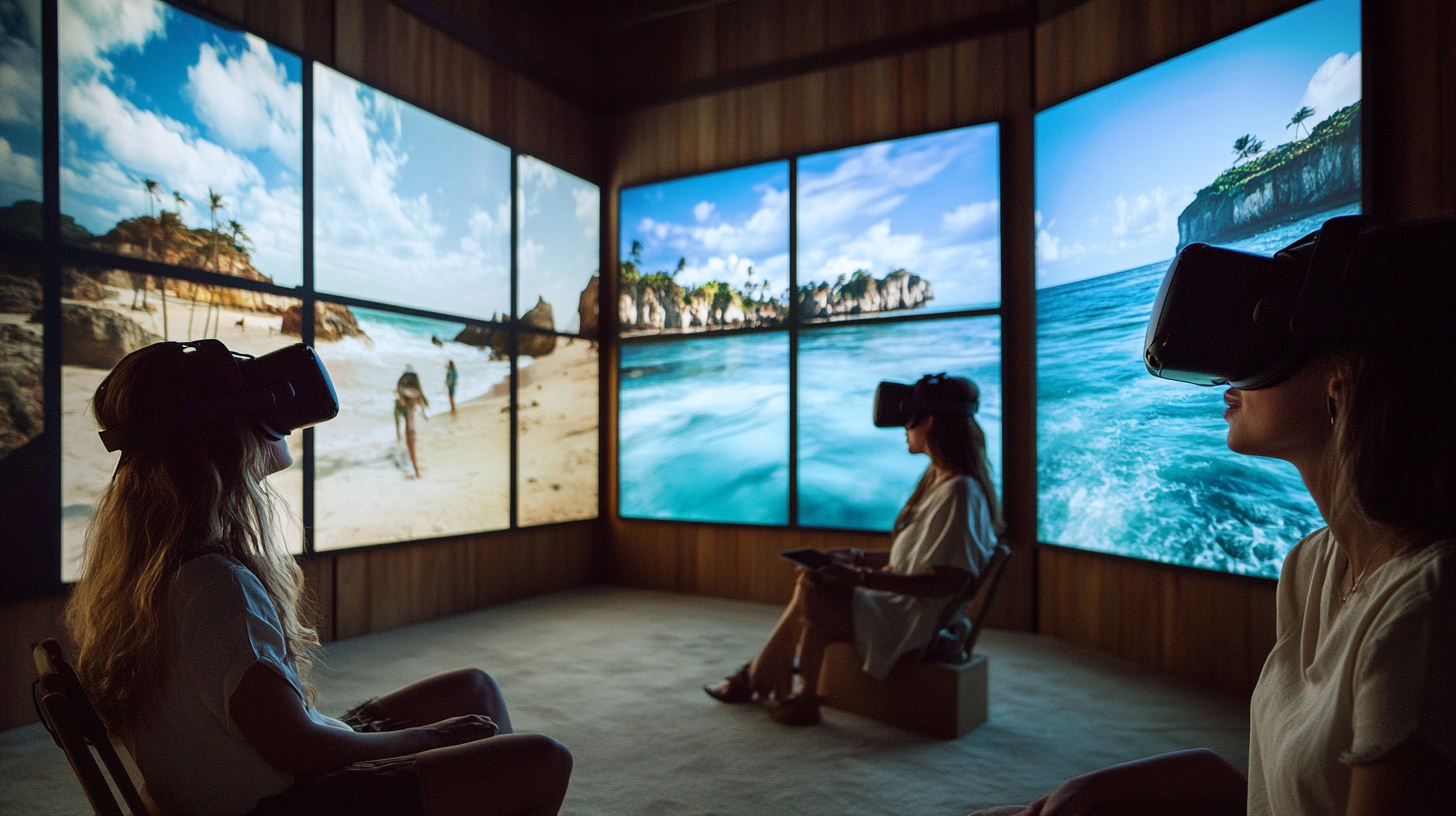
By virtually experiencing destinations, travelers can ensure their trips meet expectations, significantly reducing the likelihood of unpleasant surprises upon arrival. VR acts as a “try before you buy” tool, allowing potential visitors to explore hotel rooms, local attractions, and even neighborhoods in depth before making commitments. This hands-on approach reduces uncertainty and increases overall satisfaction with travel choices. It empowers travelers to create personalized itineraries tailored to their interests, selecting accommodations that truly suit their preferences, and engaging with destinations in a meaningful way, embodying the essence of Customizing Travel Plans through Virtual Previews . For example, a traveler interested in historical architecture can virtually tour museums and heritage sites, prioritizing those that resonate most before finalizing their plans.
Accessibility and Inclusivity

VR technology bridges accessibility gaps, democratizing travel experiences by making them available to those who may face physical, financial, or time constraints. For individuals with mobility impairments or disabilities, VR offers unprecedented opportunities to explore destinations that might otherwise be challenging or impossible to visit. Through virtual tours, a person can traverse the rugged terrains of national parks, climb ancient ruins, or navigate bustling marketplaces without physical barriers. This inclusivity not only expands the audience for travel experiences but also enriches the lives of users by fostering a sense of connection with the broader world. Moreover, for those constrained by financial limitations or demanding schedules, VR provides an affordable and time-efficient alternative to traditional travel, promoting a more diverse and engaged community of explorers, as highlighted in Breaking Barriers with Virtual Travel Accessibility .
Sustainability and Environmental Impact
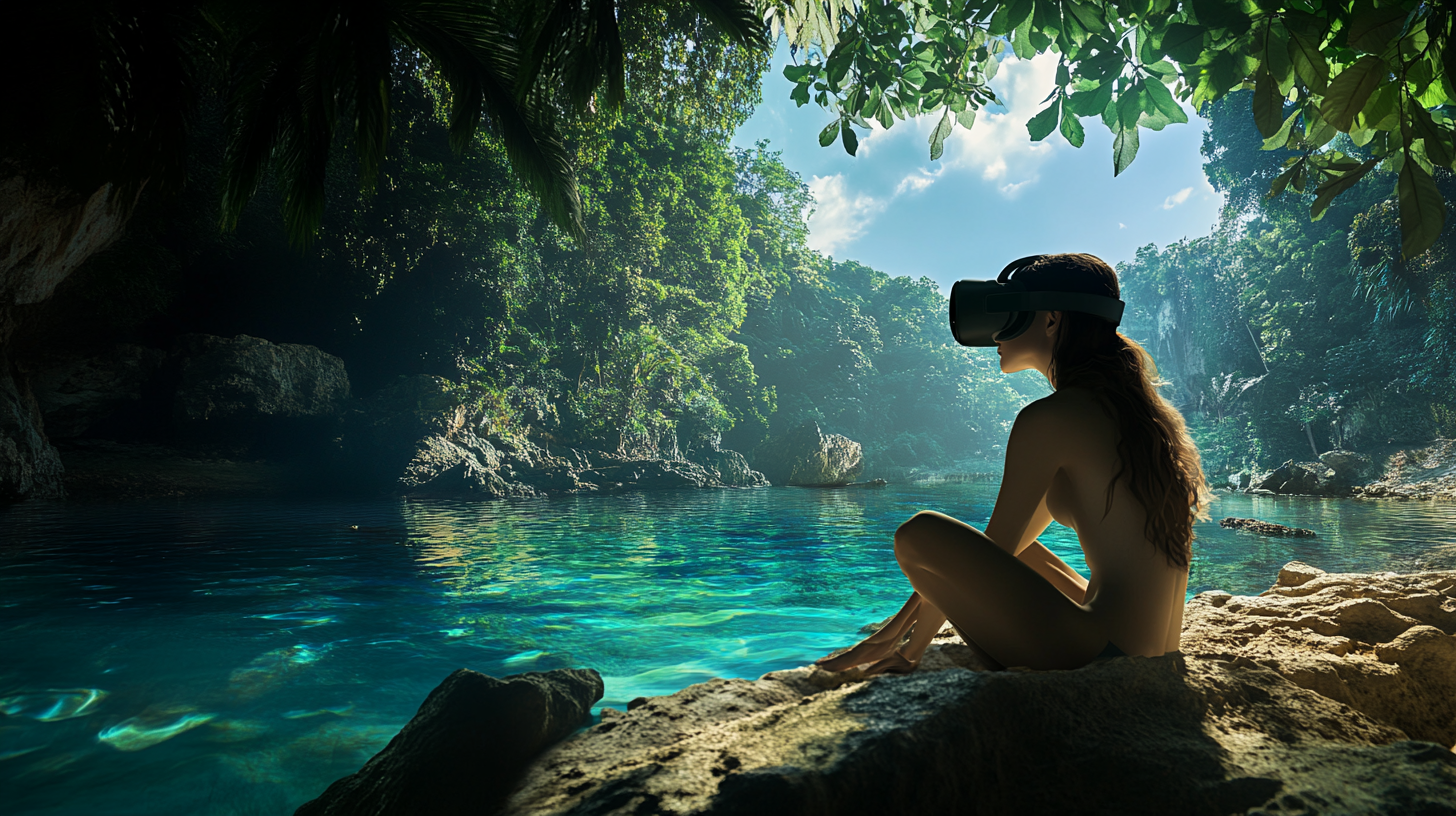
Virtual tourism contributes significantly to sustainable travel by reducing the need for physical journeys, thereby minimizing environmental footprints associated with transportation, accommodation, and resource consumption. VR allows for cultural exchange and exploration without the associated carbon emissions of flights, cruises, and long-distance travel. By offering eco-friendly alternatives, VR supports responsible tourism practices and fosters awareness about environmental conservation, aligning with the principles outlined in Sustainable Tourism through Virtual Reality Experiences . Travelers can experience the beauty of fragile ecosystems, such as coral reefs or rainforests, without contributing to their degradation. This virtual engagement promotes appreciation and respect for the environment, potentially inspiring users to support conservation efforts. Consequently, VR becomes a tool not only for exploration but also for education on sustainability issues.
Augmented Reality and Artificial Intelligence Integration
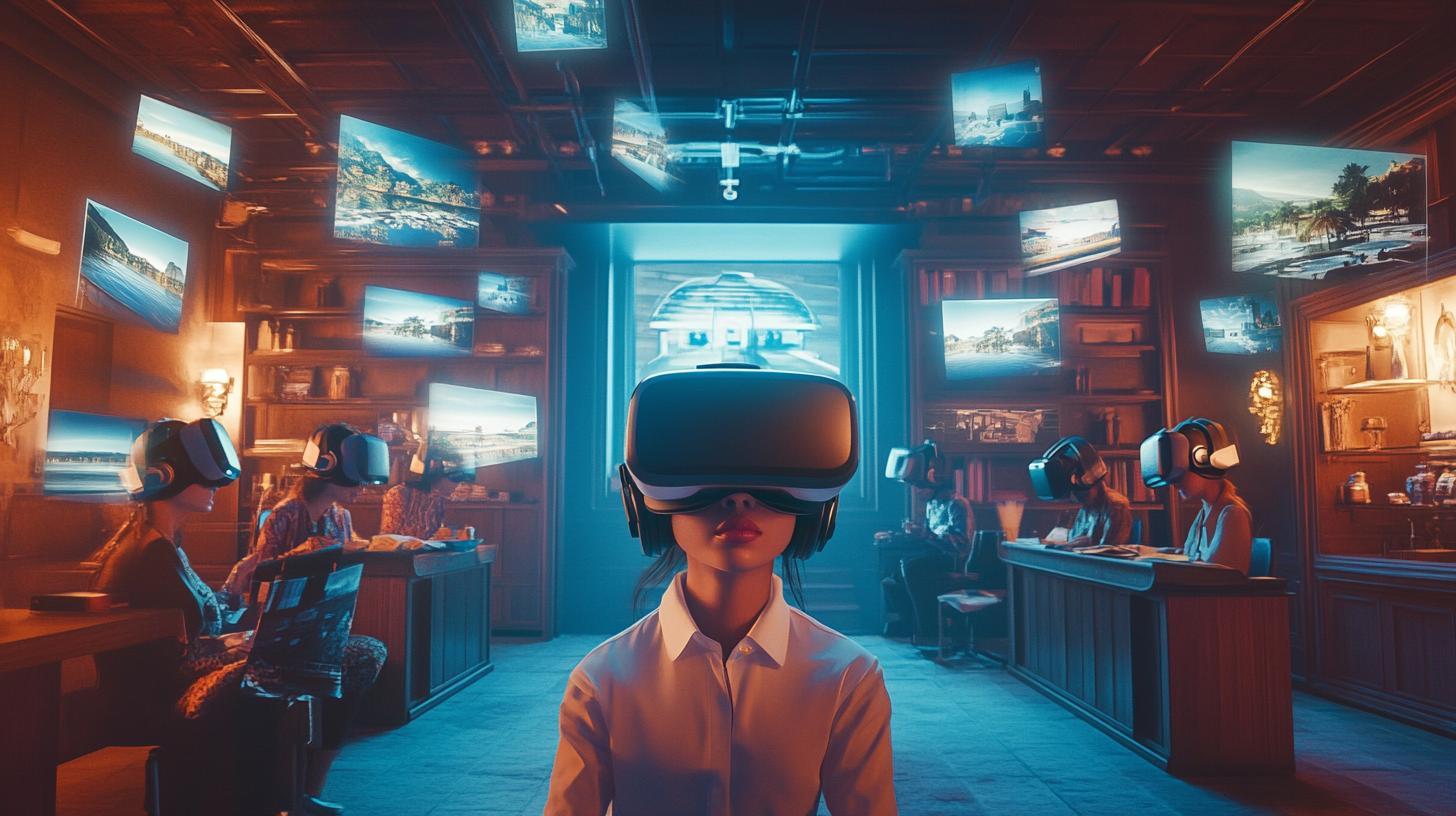
The combination of VR with Augmented Reality (AR) and Artificial Intelligence (AI) further enriches travel experiences, creating multi-dimensional engagement with destinations. AR enhances on-site exploration by overlaying digital information onto the physical world, providing interactive navigation aids, historical facts, and cultural insights directly within the traveler’s field of vision. For instance, while virtually touring an ancient city, AR can display reconstructed buildings and events from the past, bringing history to life. AI, on the other hand, personalizes journeys by analyzing user preferences and behavior to recommend destinations, activities, and experiences tailored to individual interests. Together, these technologies offer immersive, personalized, and innovative ways to engage with the world, as explored in The Fusion of VR, AR, and AI in Modern Travel Experiences , transforming both virtual and physical travel into deeply customized experiences.
Boosting Engagement and Marketing in the Travel Industry
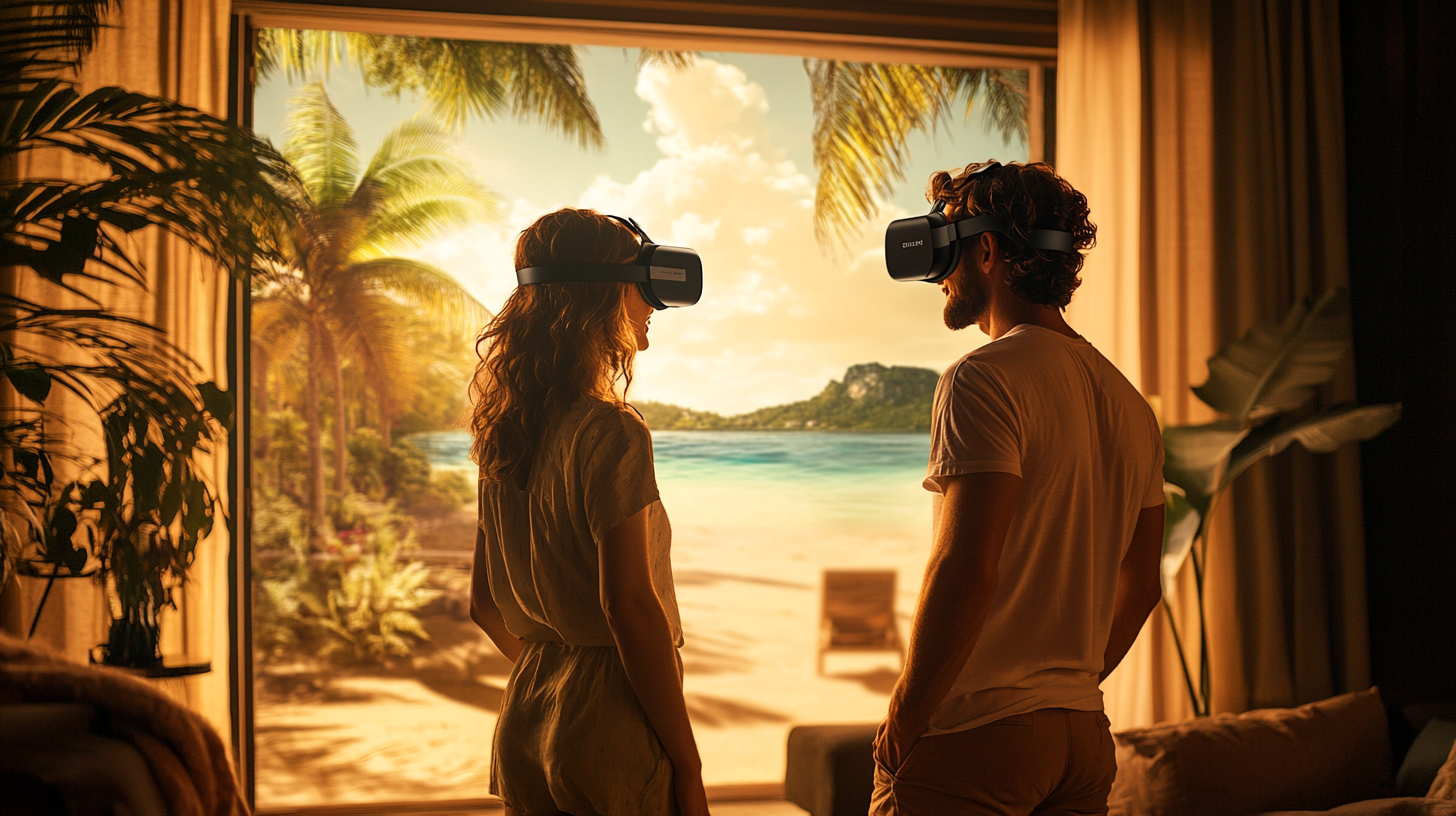
For businesses within the travel industry, VR serves as a powerful and innovative marketing tool that elevates customer engagement to new heights. Hotels and travel agencies utilize immersive VR tours to showcase properties and destinations in vivid detail, offering potential customers a realistic glimpse of what to expect. By providing virtual walk-throughs of hotel rooms, amenities, and nearby attractions, businesses enhance transparency and build trust with customers, who feel more confident in their booking decisions. This heightened level of engagement leads to increased bookings, stronger customer loyalty, and a competitive advantage in the crowded hospitality market, reflecting the strategies discussed in Leveraging VR for Competitive Advantage in Tourism Marketing . Moreover, VR marketing initiatives can reach global audiences with ease, expanding market reach and generating interest among travelers who might not have otherwise considered certain destinations or accommodations.
Challenges and the Future of VR in Travel
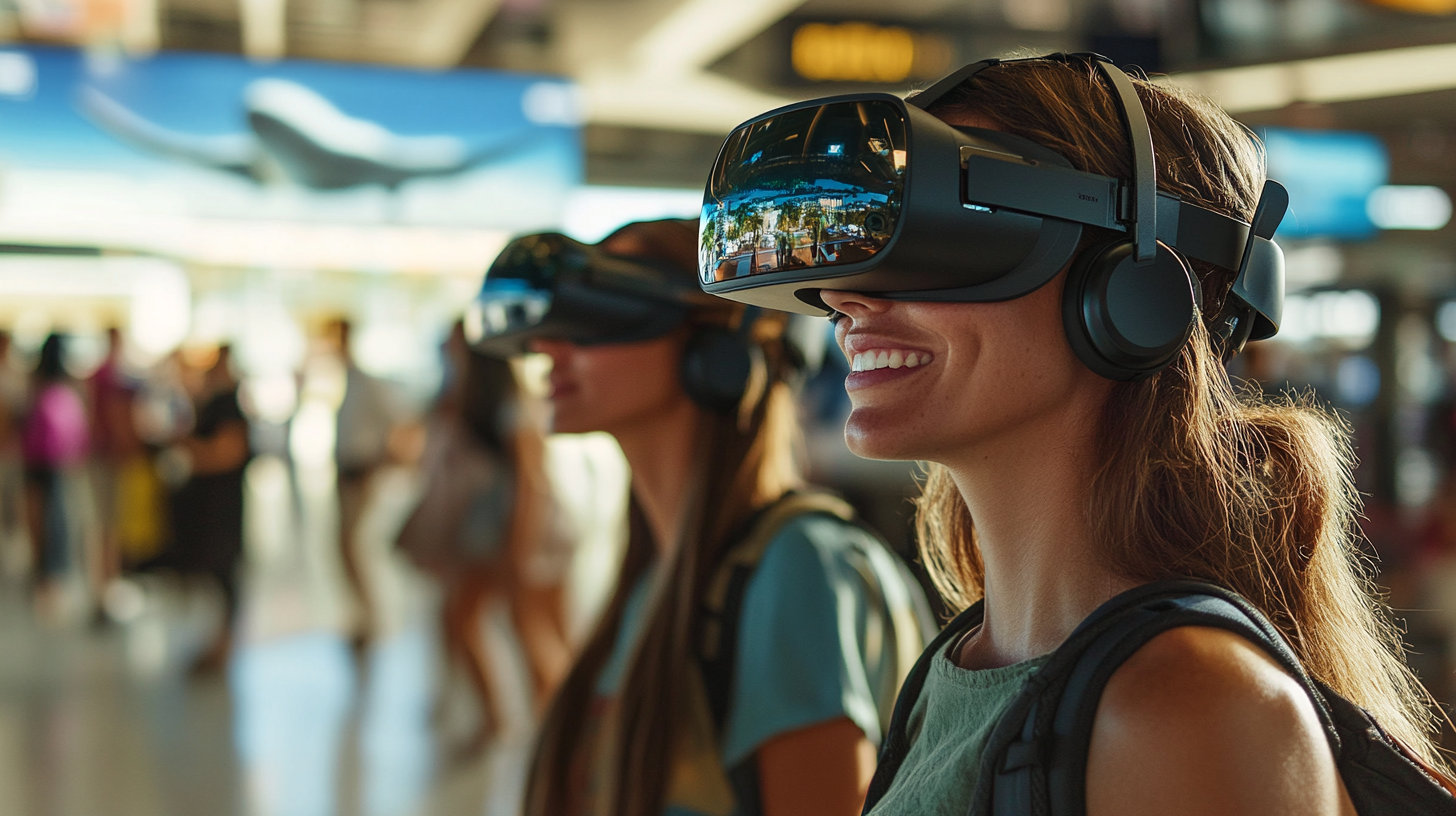
Despite its transformative potential, VR faces challenges that must be addressed to realize its full impact on the travel industry. High costs of VR equipment and the need for advanced technological infrastructure can be barriers to widespread adoption, particularly in developing regions. Technological accessibility issues, such as lack of high-speed internet connections and the digital divide, can limit access for some users, preventing equitable participation in virtual travel experiences. Additionally, content distribution challenges, including the creation of high-quality, up-to-date VR content for diverse destinations, pose significant obstacles. However, the industry’s concerted efforts to overcome these hurdles suggest a promising future. Advancements like multi-sensory technology, which incorporates touch, smell, and sound into VR, and mixed reality (MR), which blends physical and digital worlds, are on the horizon, poised to further enhance and expand VR travel experiences, as detailed in Emerging Technologies Shaping the Future of Virtual Travel . As technology continues to evolve, these developments may help bridge the gaps, ensuring that VR becomes an integral part of travel planning and exploration.
Final Thoughts

Virtual Reality is not just a technological advancement; it is revolutionizing the travel industry by offering immersive previews that fundamentally transform how people plan, experience, and remember their journeys. By enhancing accessibility for diverse populations, supporting sustainable practices that reduce environmental impact, and providing innovative tools for deep exploration, VR is reshaping engagement with global destinations. It bridges the gap between aspiration and experience, allowing individuals to connect with places and cultures in profound ways.
Follow us back to milesBUZZ for more insights and updates on the evolving world of travel technology. As technology continues to evolve, VR stands as a cornerstone in the future of travel, promising to make exploring the world more accessible, informative, and enriching for everyone. The possibilities are vast, and the journey towards a more connected and sustainable world is well underway.



